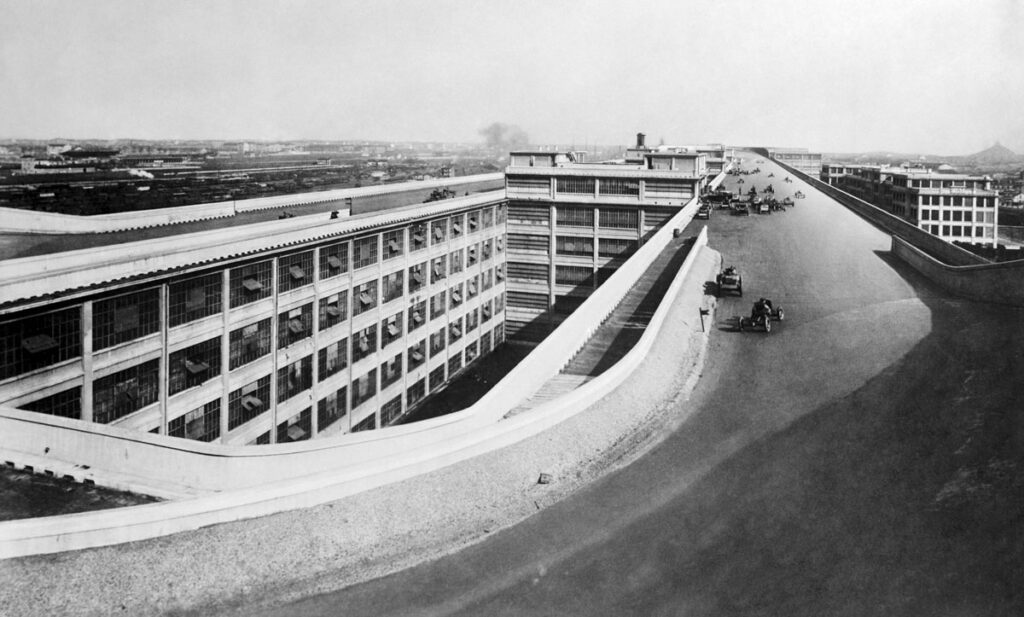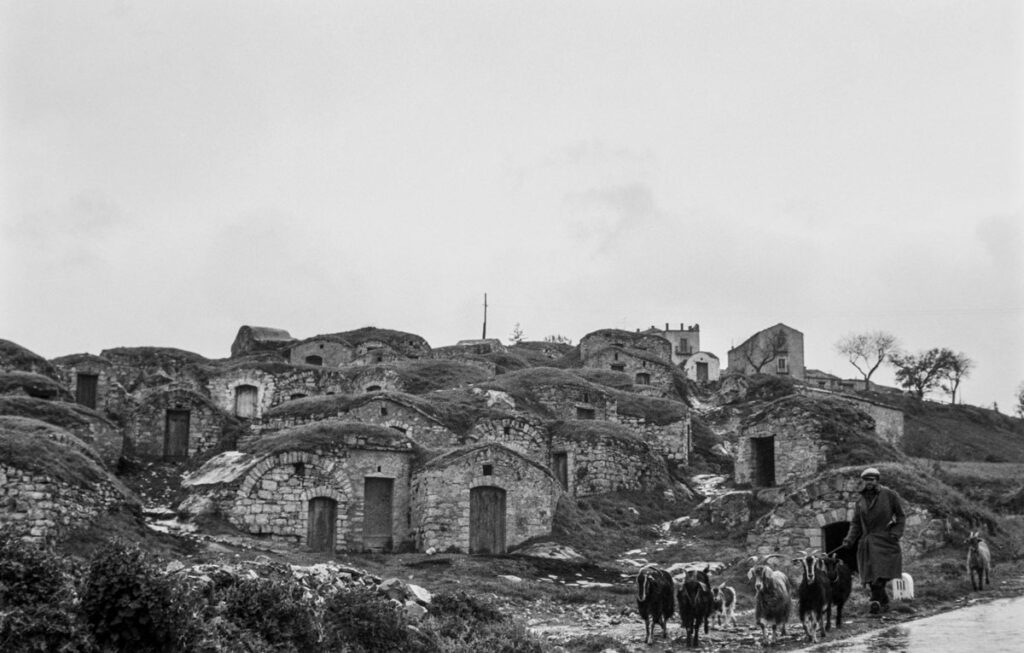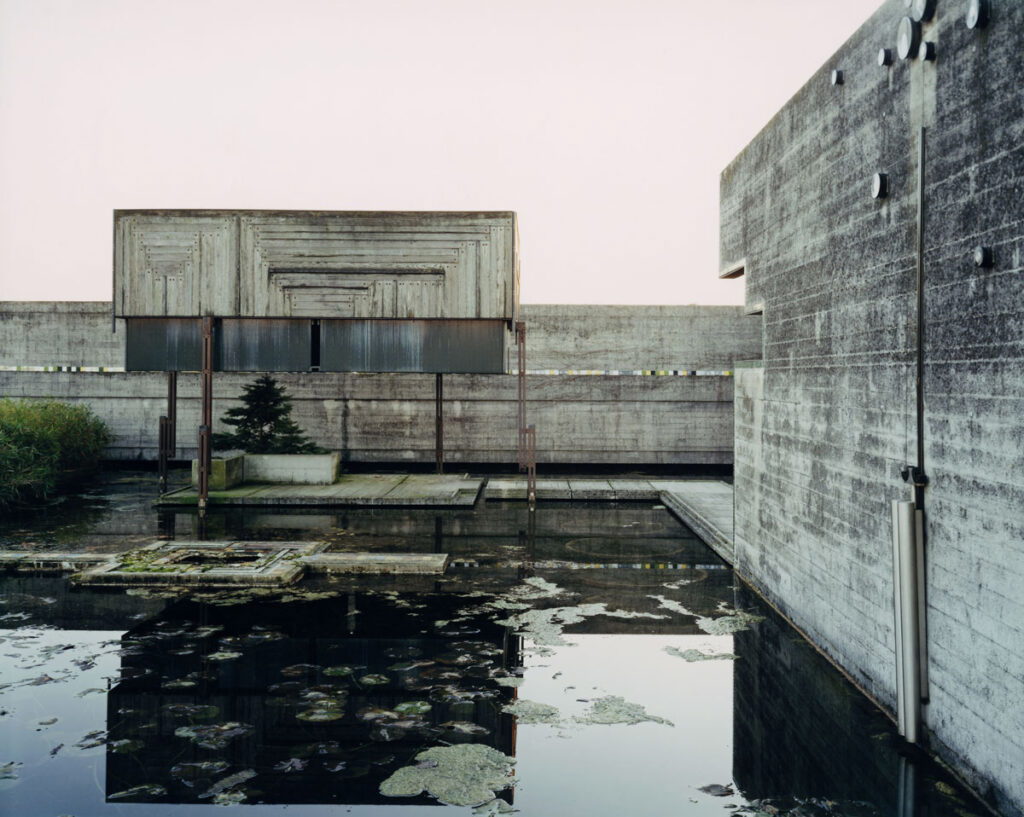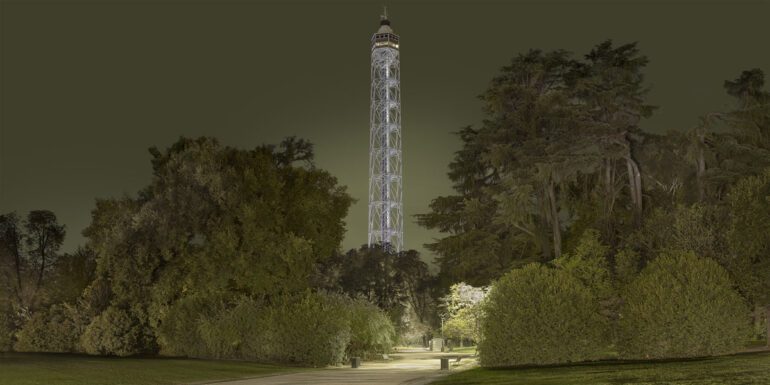View architecture through a new lens at this new exhibition in Rome
Until 29 September 2024, Rome’s Centrale Montemartini will host a new exhibition: Uninhabitable Architecture (Architetture Inabitabili). This exhibition in Rome explores the critical relationship between inhabiting and constructing. It features eight architectural structures that transcend traditional functionality. None of these structures are designed for habitation; instead, they captivate with their curious and alluring beauty.
The photographs and films featured in this exhibit portray these Italian wonders in a way that shifts perceptions away from the structures’ lack of hospitality and instead highlight their enchantment.

An astounding assortment
This exhibit features world renowned artists–Gianni Berengo Gardin, Guido Guidi, Marzia Miglior, Gianni Leone and many other incredible Italian creatives are highlighted in this collection. These amazing artists are also accompanied by the internationally recognized Francesco Jodice and Silvia Camporesi in this exhibit.
Each architectural structure has its own narrative to accompany it. Their unique stories are revealed by eight different authors who highlight their symbolic, emotional, and historical significance. These stories have never been shared with the public before.

Featured Exhibits
The Gazometro in Rome is a structure that bares much similarity to the structure of the Colosseum. Its tall stature and close location means it can be viewed from right outside the Centrale Montemartini. It is the most visible structure on this list not only because of its height and proximity, but because of its presence in recent cinematography. More information can be found in its accompanying narrative is written by Edoardo Albinati.
The Brion Memorial in Altiove was created as a burial place for the well-known, Brion family and designed by Carlo Scarpa. The rest of the story behind this intimate and personal construction is captured by author, Tiziano Scarpa.
The bell tower of Curon, is a structure completely encompassed by Lake Resia in Trentino-Alto Adige. This protruding building is a sight that sticks out in both its surroundings and in the minds of its visitors. This structure is the only building remaining from the flooding of its entire town. The bell tower now stands alone creating both and eerie, but marvelous scene. Its full story is shared by Francesca Mekandri.
The Cretto di Gibellina is the last surviving structure of the earthquake that destroyed Belice in 1968. It is made of gorgeous white concrete that also incorporates the ruble of the city. It was constructed by Alberto Burri and the narrative that accompanies this structure is crafted by Stefania Auci.

The Lingotto in Turin, designed by Giacomo Matte Trucco, is a famous sight formerly housed the FIAT factory, making it a landmark of industrial history. Its swirling design is one you have never seen before. More on this structure’s significance is brought to light by Andrea Canobbio.
The former Tobacco Drying Sheds of Citta di Castello has served many purposed throughout its history. It once housed and treated flood-damaged books from Florence. Then tobacco curated tobacco until it was forced to abandon the practice in the 1970s. The building has now taken on its latest purpose, the host of the last great pictorial cycles by Alberto Burri in the 90s. The full story behind this complex history is written by Filippo Timi.
The Branca Tower, originally known as the Littoria Tower was designed by Gio Ponti for the purpose of housing the temporary exhibition of the 1933 Triennale. As author Gianni Biondillo writes, the tower is best known for its steel truss makeup and functioning elevator. The height and location of Tower allows for an special panoramic view of Milan that has not always been accessible because of many years of neglect. Now however, it has been restored and has been in operation for the last twenty two years.
The Palmenti of Pietragalla are a collection of cave-like structures that was founded around one thousand years ago. It is thought it was originally used as spaces for wine production. The maze-like structure has over two hundred formations arranged at different levels. This “uninhabitable” place now hosts a beautiful fairytale-like, green landscape. Learn more about the fascinating history of this structure from Andrea Di Consoli.
Whether you are familiar with these structures or not, there is something to be extracted from this brilliant exhibit. The meticulously captured photographs and the emotive stories that accompany them make for a fascinating tale.

till 29 September 2024
Where
Centrale Montemartini
Via Ostiense, 106
Opening hours
From Tuesday to Sunday 9am – 7pm
Tickets
Museum + exhibit: €8-€11.50
More info here
centralemontemartini.org





